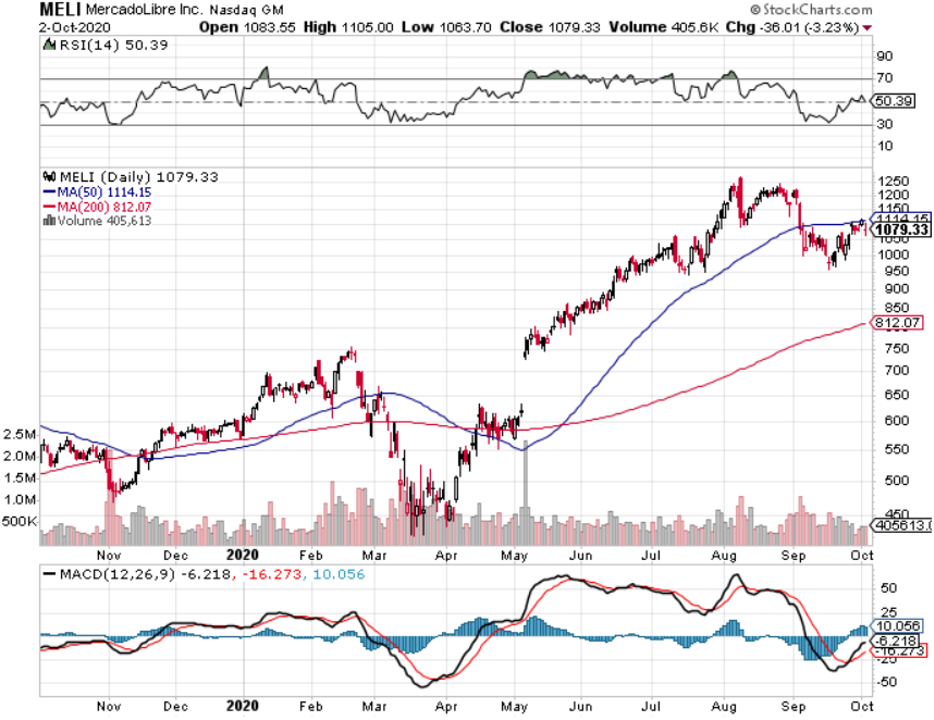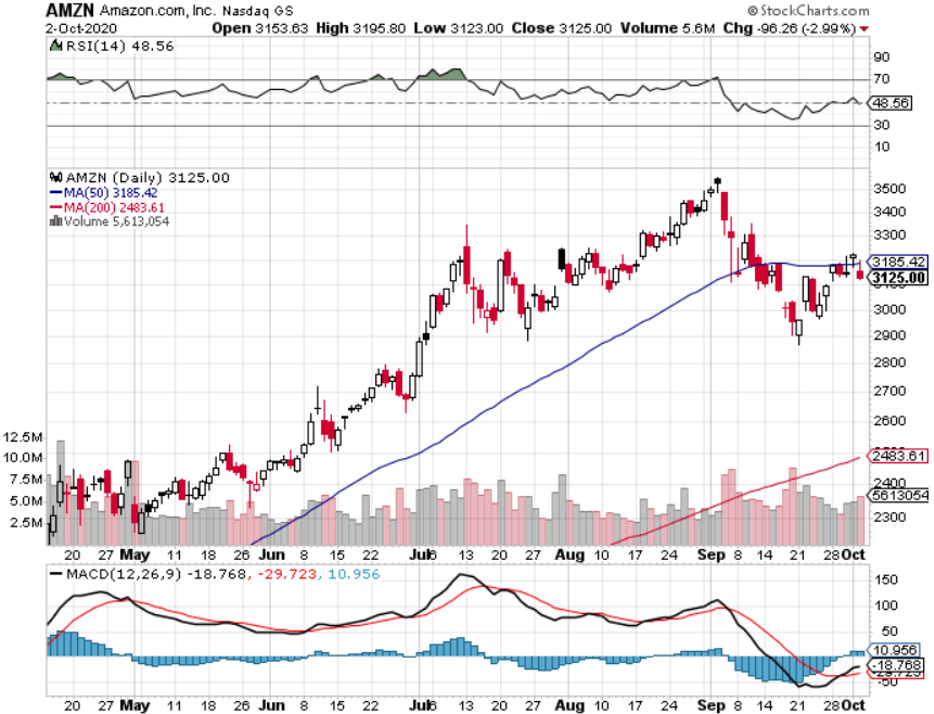If you thought you missed profiting off of Amazon then you’re in luck; you still have another chance with the South American iteration of Amazon – MercadoLibre (MELI).
This e-commerce and payments platform in Latin America boasts presence in 18 countries within South and Central America but derives the bulk of its revenue from three countries: Brazil, Argentina, and Mexico.
MELI is the entrenched e-commerce player in the region and has multiple retailer solutions such as MercadoLibre Marketplace (an online platform for the buying and selling of merchandise), Mercado Pago (an online payments solution), and Mercado Envios (a logistics solution).
The company's market-leading position revolves around a strong network effect that has allowed it to expand its exploding user base as well as its gross merchandise volume (GMV).
In 2015, MELI had around 145 million registered users, and that number has more than tripled by 2020.
The tectonic shift toward digital transactions network caused by the pandemic means the number of items sold jumped 66% year over year to 284 million, and the number of unique active users climbed 27% year over year.
It’s undeniable that the company has strong tailwinds backing its overarching story.
MELI was already primed for a strong growth trajectory before the pandemic crushed the global economy.
The company was savvy in introducing new and useful services over the years to solve digital bottlenecks, and its suite of services made customers stickier toward its platform.
Hosting an integrated e-commerce and payments platform meant an unrelenting buildup of new vendors and users coming on board over time.
MELI looks set to take the next step in e-commerce penetration.
Although its growth has been phenomenal over the last decade, I believe the company may be on the cusp of doubling its growth rate because of the rapid digitalization by businesses.
A share repurchase program has been set in motion and I do believe they will dip into this financial tool once the global economy stabilizes.
Getting into the weeds, MELI expanded its category-take rates to Chile and Mexico in Q2 2020, with Brazil and Argentina set for last half of 2020.
For online marketplaces like what Amazon and eBay offer, the take rate refers to the fees and commissions that the companies collect on sales by third-party sellers which is critical to overall revenue.
The successful take rate rationalization could drive sellers to list more of their inventory and reduce prices.
With this increased supply, MELI should be seeing the cascading benefits of an improving shopping experience and rising conversion rates.
Scaling this beautifully translates to lower per-unit logistic costs such as sequential 23% decrease in unit shipping costs.
Ala Amazon, its drive to step up the buildout of its own logistics network to take down the dependency on Correios in Brazil is yielding meaningful results and also places the company to potentially buttress a greater amount of free shipping subsidies as the unit cost of deliveries continues to swan dive.
Logistics transforming into a higher reliability, faster shipping times, and greater cost savings offering can be passed along to the consumer upgrading the quality of service.
Soon, MELI is expected to invest in Consumer Electronics and price competitiveness could see the company grab market share taking down yet another adjacent industry.
At some point, like Amazon, MELI will target the grocery market and will have the logistic infrastructure in place to do the same type of 1-day “free” shipping that Amazon guarantees.
On the digital payments side of the business, MELI has sold over 1 million mobile point-of-sale (mPOS) devices, versus 900,000 during Q1 2020, driven primarily by smaller merchants.
The individual bull case for MELI is rock-solid but feeling out the global state of affairs is a must in a quickly changing environment.
With an onslaught of stimulus in Europe and the U.S. to deal with the pandemic, China’s economy beginning to recover, and a weaker dollar, foreign markets are becoming more attractive to U.S. investors.
Emerging markets could turn from stock market pariah to darling in a nanosecond and if investors are comfortable with targeting companies in higher growth markets, then MELI should be an option.
Emerging markets broadly have lagged behind developed market peers over the past decade, even as some fund managers have found investing in domestically-oriented companies in India, China, or Brazil hugely rewarding—just look at the outperformance by foreign brand names like Alibaba Group (BABA), Meituan Dianping and HDFC Bank (HDFC) in India just to name a few.
It’s true that more developed markets have the advantages of greater trading liquidity, minimal systemic risk, better corporate governance, and greater access to dollar-denominated debt that emerging markets’ companies don’t benefit from.
Therefore, investors seeking a conservatively biased portfolio should only focus on U.S. tech brand names that have moats around their business model.
Another second derivate play would be to find U.S. tech companies that siphon a big chunk of sales in emerging markets and are U.S. companies like Apple (AAPL), Nvidia (NVDA), and Mastercard (M).
Each secures between one-third and two-thirds of sales from emerging markets. But with those companies vulnerable to the geopolitical trip wire between the U.S. and China, proportioning a small amount of the portfolio to a Latin American tech growth firm could produce alpha.
Another quick recommendation is ASML, a semiconductor chip company from the Netherlands.
It’s an option generating outsized sales coming from emerging markets but is headquartered in an economically responsible country.
This Dutch tech firm boasts positive free cash flow yields, a sign the company is generating ample cash to operate and also reinvest in itself.
Investors who can stomach greater risk levels and desire growth should take a serious look at MELI, plus the myriad of other tech recommendations I offered if MELI doesn’t suit your appetite.


